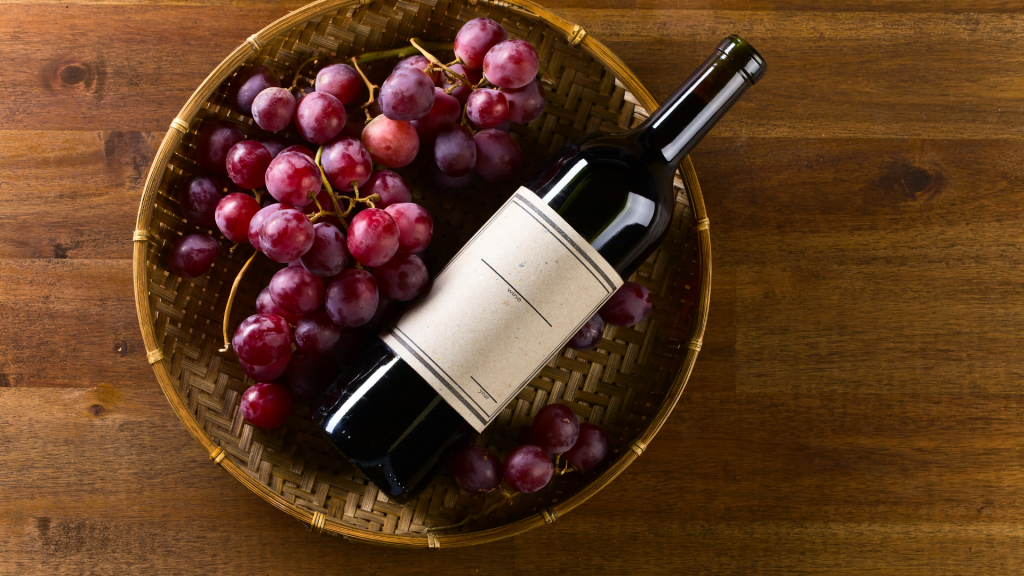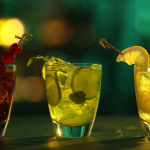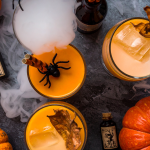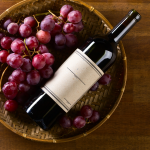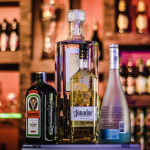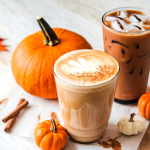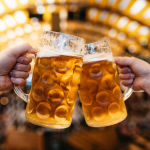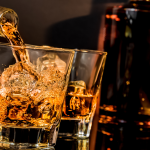If you’ve ever stood in front of a shelf full of wine bottles, staring at labels full of unfamiliar words, you’re not alone. Learning how to read a wine label gives you confidence. It helps you make better choices. It helps you pick wine that matches your taste and budget.
In this guide, you’ll learn to decode the most important elements on a wine label. You’ll see how wineries communicate region, grape, vintage, quality, and more. At the end, you’ll feel more confident when you browse your local store (like Payless Liquors) or recommend a bottle to a friend.
Why it matters to learn how to read a wine label
Wine labels are not just decoration. They carry essential clues about what’s inside the bottle:
-
You’ll learn about the grape varieties used, the region of origin, and the vintage year
-
You’ll see production claims (estate, reserve, organic)
-
You’ll know the alcohol content, volume, sulfite statements, and legal warnings
-
Understanding labels reduces guesswork and helps you avoid surprises
As noted by Wine Enthusiast, decoding label practices (especially Old World vs. New World) helps you interpret what the label implies about quality and style.
Front Label vs. Back Label: What each tells you
When you hold a bottle, the front label is your first view. It usually shows:
-
Producer or winery name
-
Grape (or varietal) or brand name
-
Region or appellation
-
Vintage (year)
-
Eye-catching design elements
The back label (or a side label) tends to carry supplemental but useful info:
-
Tasting notes or flavor hints
-
Food pairing suggestions
-
Bottler / importer / distributor information
-
Technical data (e.g. residual sugar, acidity)
-
Production claims (organic, biodynamic)
-
Legal / health warnings
-
Sulfite statement
Don’t skip reading the back label — sometimes it holds what matters most.
Key elements you’ll find on a wine label
Below are the main label components and what each reveals about the wine.
1. Producer / Winery Name
This is the name of the company or estate that made the wine. It’s usually in bold or prominent text. A respected producer often signals consistency and care.
Sometimes the producer is not obvious; the “brand name” might obscure who actually made or bottled the wine. In that case, look for small text that says “Produced by …” or “Bottled by …”
2. Wine Name / Brand / “Fanciful Name”
Many wines have a fanciful name (a name not tied to grape variety or region). This serves marketing. If you see a name like “Silver Crest” or “Sunset Ridge,” it might not tell you the grape. You’ll want to look elsewhere on the label for grape and origin clues.
3. Grape Variety (Varietal Labeling) or Appellation
In New World wines (U.S., Australia, etc.), labels often list the grape variety, e.g. “Cabernet Sauvignon,” “Chardonnay,” “Pinot Noir.” This tells you the dominant grape and gives you a sense of flavor.
In Old World wines (Europe), labels tend to emphasize appellation (region) over grape. The region’s rules (appellation laws) govern which grapes may be used, and so the region can imply grape. For example, a Bordeaux label might not list “Merlot” or “Cabernet Sauvignon,” but you expect those grapes.
If no grape is listed, use region + appellation knowledge to infer likely varieties.
4. Vintage (Year)
The vintage is the year the grapes were harvested. That year matters:
-
Good growing seasons produce better fruit, which often leads to better wine.
-
Some wines are meant to be consumed young; others improve with age.
-
Non-vintage (NV) means grapes from different years were blended. Sparkling wines often use NV to maintain style.
Be cautious: some labels might put the vintage on the back or in small type if their design is artistic.
5. Region / Appellation / Sub-region
This tells you where grapes were grown. It can be broad (e.g. “California”) or very specific (e.g. “Napa Valley, Rutherford”). The more specific the region (sub-AVAs, vineyard names), often the more the wine is expressing terroir (soil, climate, altitude).
For wines from Europe, appellation names often carry regulations about permitted grapes, yield, and aging. Labels like “AOC,” “DOCG,” or “IGT” carry legal implications about quality.
6. Alcohol by Volume (ABV)
The ABV must appear on U.S. wine labels. It shows strength. A higher ABV often suggests riper grapes, fuller body, sometimes bolder flavors. According to Food & Wine, if a wine says 12% vs 15%, expect noticeable difference.
7. Bottler / Importer / Distributor Information
This tells you who bottled or imported the wine. Especially for imported wines, this clarifies how it reached your market.
Often the label will read something like “Bottled by X Winery in …” or “Imported by …, City, State.”
8. Sulfite Statement & Legal Warnings
In the U.S., wines must include a “Contains sulfites” statement if sulfur dioxide is used. The label also includes a government health warning about alcohol consumption.
9. Technical or Supplemental Claims
These are optional but useful:
-
“Estate Bottled”: The winery owns the vineyard and controls the winemaking from vine to bottle
-
“Reserve,” “Select,” “Private Label”: These words are marketing terms in many places (not always legally defined)
-
Vineyard designation: Indicates fruit from a specific vineyard
-
Organic / biodynamic certification, sustainable practices
-
Residual sugar, acidity, or residual listings
-
Awards, scores, ratings
Be wary: some of these claims are significant, others are mostly branding.
How to read a wine label like a pro — step by step
Here’s how to parse a label in practice.
-
Start with the producer name
-
Look for a grape variety or appellation
-
Check the vintage year
-
Read region/appellation / sub-region
-
Note ABV (alcohol level)
-
Flip to the back label for tasting notes, importer, bottling, claims
-
Watch for marketing terms and certifications
-
Use your knowledge (or a wine app) to compare labels you understand to new ones
Over time, you will build a mental library of producers, regions, and styles you like. Then reading labels becomes fast and intuitive.
Examples & tips to sharpen your label reading
-
If a U.S. wine label says “California Chardonnay” (broad region), it’s likely entry-level. If it says “Napa Valley Chardonnay,” it’s more specific.
-
If a French wine label lists only the region (e.g. “Bordeaux”), with no grape variety, the grapes are implied by Bordeaux rules (e.g. Cabernet, Merlot blends).
-
Wines labeled “Reserve” in the U.S. or elsewhere may or may not mean extra aging or quality — treat it as a hint, not a guarantee.
-
Watch ABV: If you prefer lighter wines, look for labels around 12–13%.
-
If you see an organic or biodynamic logo, that may reflect the winery’s philosophy (but taste matters more).
-
Don’t get distracted by fancy designs. The information (not the artwork) is what counts.
Common pitfalls & label red flags
-
Labels that lack essential info (producer, region, ABV) might indicate lower transparency.
-
Overuse of marketing words (Reserve, Grand, Select) without other clues should be taken with skepticism.
-
Extremely high ABV (over, say, 15%) might mean jammy, overripe, or heavy wine.
-
Fancy names with no region or grape clues can make it risky unless you know the brand.
-
For imported bottles, check for the importer name or local bottling — it gives a clue about supply chain quality.
Understanding how to read a wine label helps you make smarter buying decisions. Each part of the label tells a story — where the grapes were grown, how the wine was made, and what you can expect in your glass. Once you know what to look for, shopping for wine becomes easier and more enjoyable.
At Payless Liquors, you’ll find a wide range of wines from trusted producers around the world. Visit one of our Indiana locations and put your new label knowledge to use. Ask our team for recommendations or explore something new with confidence.

